Exact Answer: Varies according to the surgeon’s advice
Knee replacements make up for most of the orthopedic surgeries performed all over the world. It is also known as arthroplasty. The procedure is performed on patients who experience intense pain in the region that may be a result of bone and tissue damage or may be caused by chronic arthritis.
During the procedure, the damaged knee is removed by the orthopedic surgeon and replaced with an artificial joint. Although knee replacement surgeries are performed on aged people, they may also be needed on individuals who have injured the cartilage in between their knee and bone joints. Returning to normal after such a surgical procedure may take a long while.
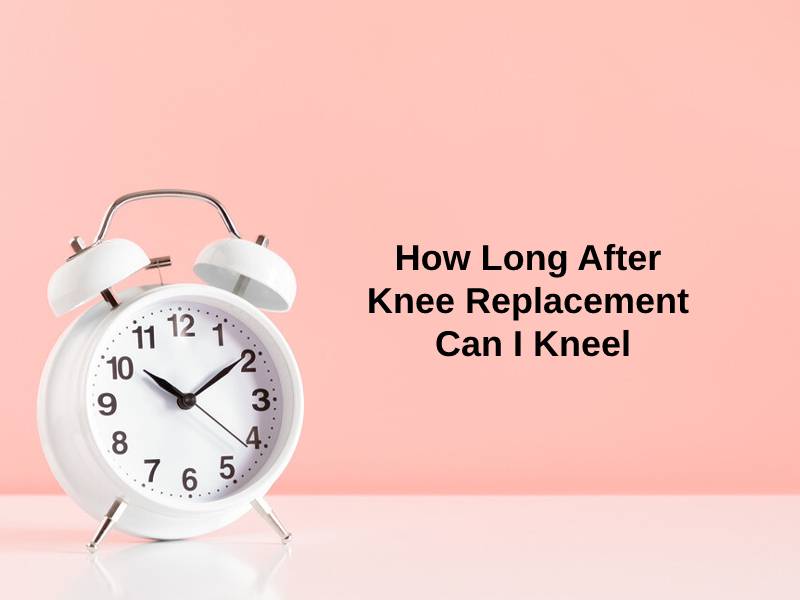
How Long After Knee Replacement Can I Kneel?
The ability to kneel is significantly affected post a knee replacement surgery. One’s capability to kneel on the newly operated knee varies on a case-by-case basis. It is also contingent on a number of variegated factors. However, it is also possible to ideate an average schema in terms of the patient regaining his/her ability to kneel after the procedure.
In studies conducted among post-knee replacement patients, it was noted that very few were able to regain full function of the knee. This was mainly in terms of kneeling on the operated joint. On average 20% to 30% of patients can kneel on their operated knee about 1 year after the surgery.
If the patient happens to be young and free from any major comorbidities or chronic arthritis, it is possible that with physical therapy, the patient may be able to kneel on the operated joint within a couple of years of the surgery.
However, it is also cognizant from studies conducted on these patients that an overwhelming majority of them are unable to kneel on the operated joint ever. The statistical figures for this patient category stand at a whopping 70% to 80%. Similarly, the ability to kneel was further compromised for those patients who had undergone their second knee replacement surgery on the same joint in the last decade.
Moreover, the time period needed for a patient to recuperate after the surgery will depend on his or her overall health, the degree of success in the procedure, and a list of other important parameters. It is thus important to remember that one should not kneel without the surgeon’s approval.
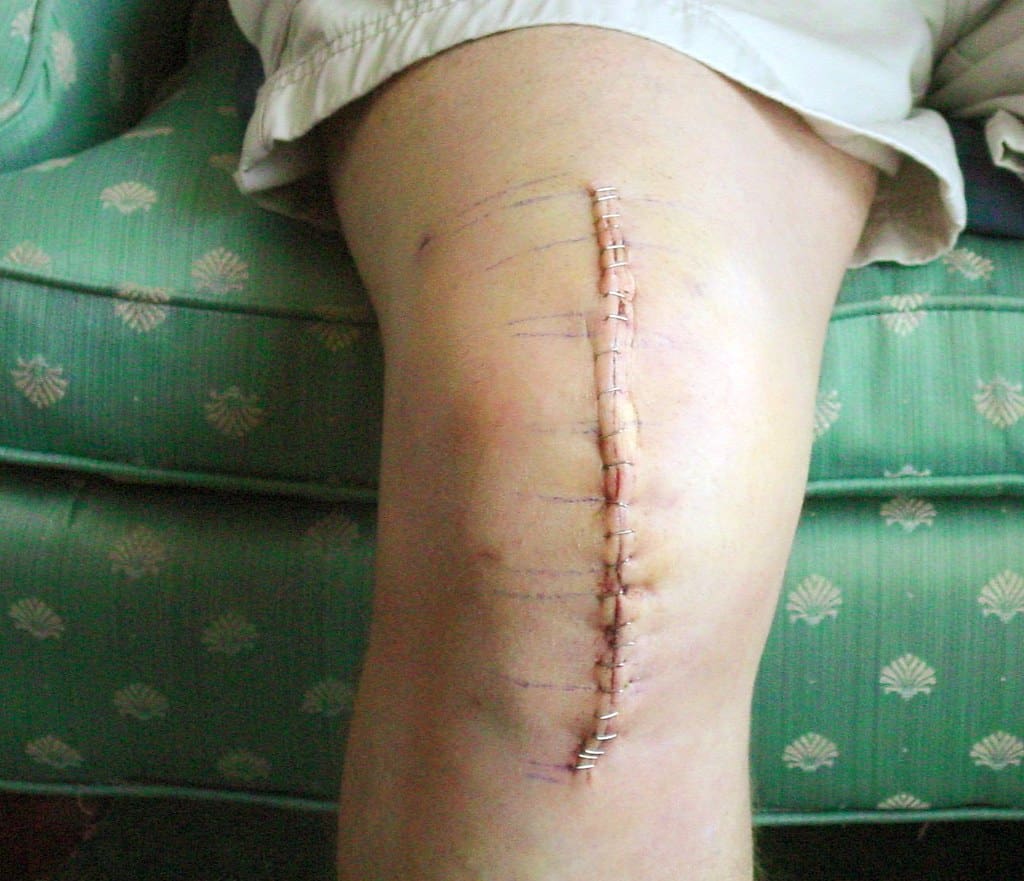
In Summary:
| Category of Patients | Kneeling |
| Young patients without chronic arthritis | 1 to 2 years after the surgery |
| Old patients with arthritis or double knee replacements | Never |
Why Do I Have To Wait So Long To Kneel After Knee Replacement?
It is important to understand that after a knee replacement surgery there are certain protocols that patients have to diligently adhere to. This includes refraining from placing excessive weight on the operation site. This norm is much too similar to any other surgical procedure conducted on the body.
Since knee replacement surgeries involve the scrapping of the damaged joint for an artificial one, it becomes difficult to put pressure on the affected knee. It is advisable to refrain from putting extra stress on the area. Excessive stress can inflame the knee and cause an infection to develop.
Moreover, after two knee replacement surgeries, the scar tissue developed around the joint becomes quite formidable, blocking a significant degree of movement- including kneeling. The range of motion in such patients vis-à-vis kneeling is severely compromised. Thus, as a result of this, they are unable to kneel.
Studies also suggest that people are afraid to put pressure on the operated knee because of the fragility of the area. Similarly, other research papers have suggested that some patients continue to feel pain in the affected area. This may be a result of something called phantom pain, a sensation that does not really exist but our neurons perceive its existence.

However, there are a few young patients who do recover completely and can kneel on their operated knee. This also takes a considerable amount of physical therapy and is possible only after a prolonged period of time. Therefore, the surgeon’s doctrine is the binding seal when a patient considers kneeling post a knee replacement procedure.
Conclusion
Every year there are thousands of knee replacement surgeries performed by trained professionals. Once a knee replacement surgery has been performed the patient can expect his or her movements to be limited to a certain extend.
The recovery period for each patient will be different. Thus, the time period for kneeling on the new knee will also be different for each patient. In a few cases, patients can use their knee within the first 2 years of the surgery. However, the majority of people who undergo knee replacements are unable to kneel on the operated joint. The advice of the surgeon must be followed when deciding on the most conducive time to kneel on the new knee.

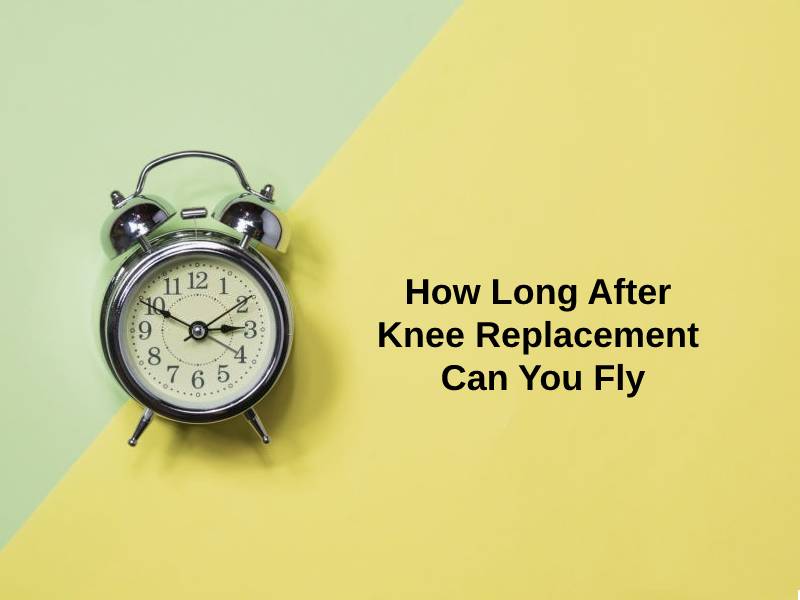



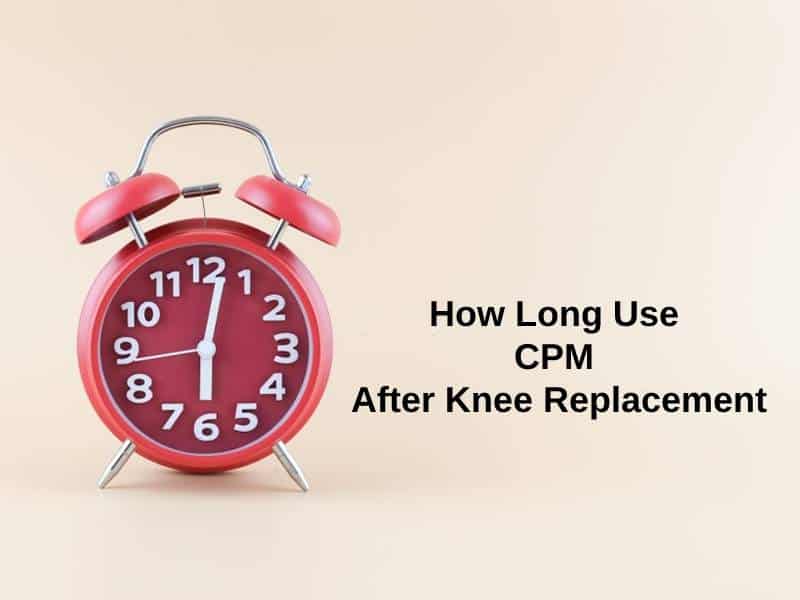
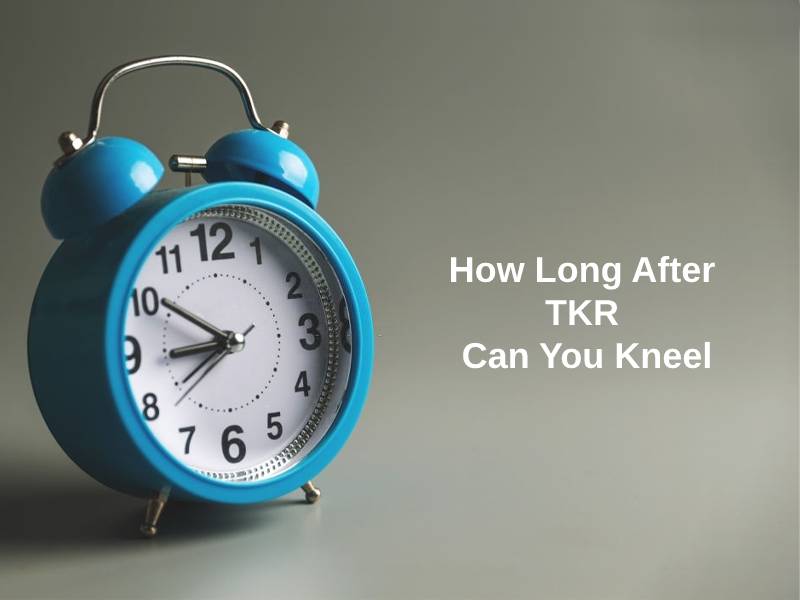














The recovery statistics provided in the article may seem daunting, but it’s essential to remember that every patient’s journey is unique.
Absolutely. Each patient’s experience with recovery will be different based on their individual circumstances.
I find it concerning that most patients are unable to kneel on the operated knee ever again. The long-term impact of this surgery is significant.
It’s a valid concern. Patients need to be aware of the potential limitations post-surgery.
The article emphasizes the importance of following the surgeon’s advice for recovery after knee replacement surgery. This cannot be overstated.
Definitely. Surgeons’ guidance is crucial for optimizing recovery outcomes.
The recovery period after knee replacement surgery varies for each patient. It’s crucial to follow the surgeon’s advice for the best outcomes.
Absolutely, every patient’s situation is unique and requires personalized care.
It’s unfortunate that the recovery process can be so challenging for many patients. We need advancements in this field to improve outcomes.
Absolutely, continued research and innovation are necessary to enhance the recovery experience for patients.
The article offers valuable insights into the recovery time and limitations associated with knee replacement surgery. It’s informative and practical.
Definitely. Knowing the potential challenges of recovery can help patients prepare for the journey ahead.
Agreed. It’s important for patients to be well-informed about what to expect after surgery.
This article may be discouraging for those hoping to return to normal activities quickly after surgery.
I see your point. Recovery can be a long and challenging process for some patients.
True, but it’s important to prioritize long-term outcomes over short-term discomfort.
The article provides a realistic perspective on recovery post-knee replacement surgery. It’s valuable for patients and caregivers.
Yes, it’s essential for patients to have an accurate understanding of what to expect post-surgery.
This article offers a detailed explanation of knee replacement surgery and recovery periods. It’s really informative and helpful for patients.
I agree! It’s important for patients to understand the recovery process after such a major surgery.
Yes, it’s good to have realistic expectations about post-surgery recovery.
The article explains the reasons behind the delay in kneeling post-surgery very clearly. It’s important for patients to understand these factors.
Agreed. Being informed about the recovery process can help patients manage their expectations.